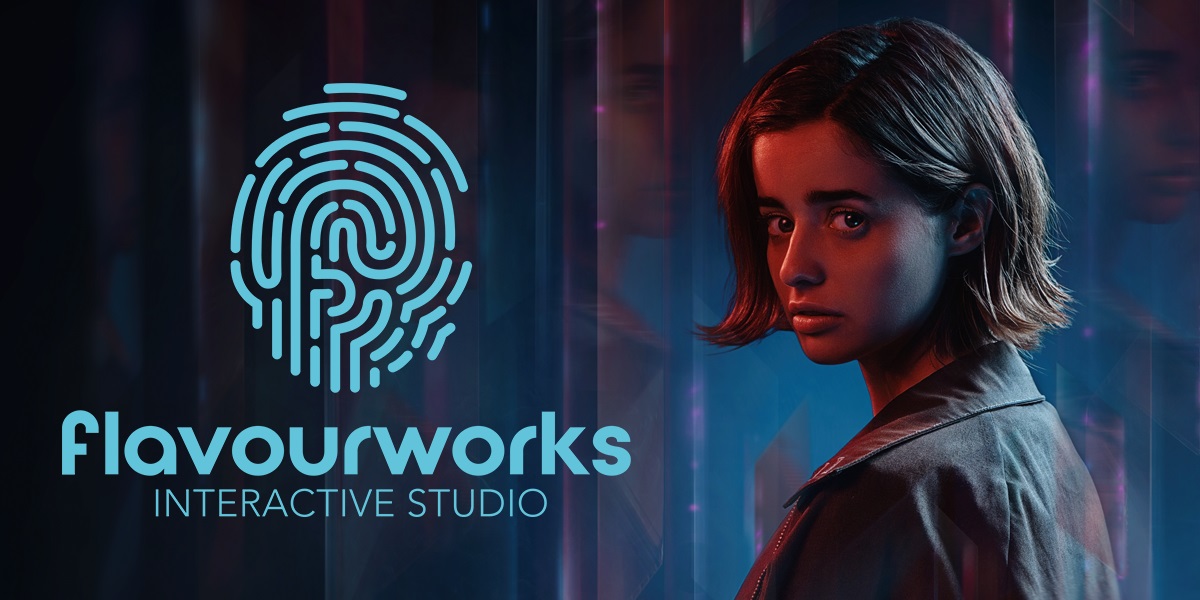As video game stories become deeper, more engaging, and more cinematic, some game developers think they’ve found a way to immerse players further into games: By blending live-action footage of actors with the in-game mechanics. Jack Attridge spoke at today’s GamesBeat Summit Next about how this combination could change immersive storytelling in games.
Attridge is the creative director and cofounder of Flavourworks, which is best known for blending live-action into its games. It’s currently working on the anthology series Hush. One of the hallmarks of Flavourworks’ games is the use of touch-based mobile gameplay to help the player interact with the world without the traditional in-game interface.

Unlock premium content and VIP community perks with GB M A X!
Join now to enjoy our free and premium membership perks.
![]()

![]()